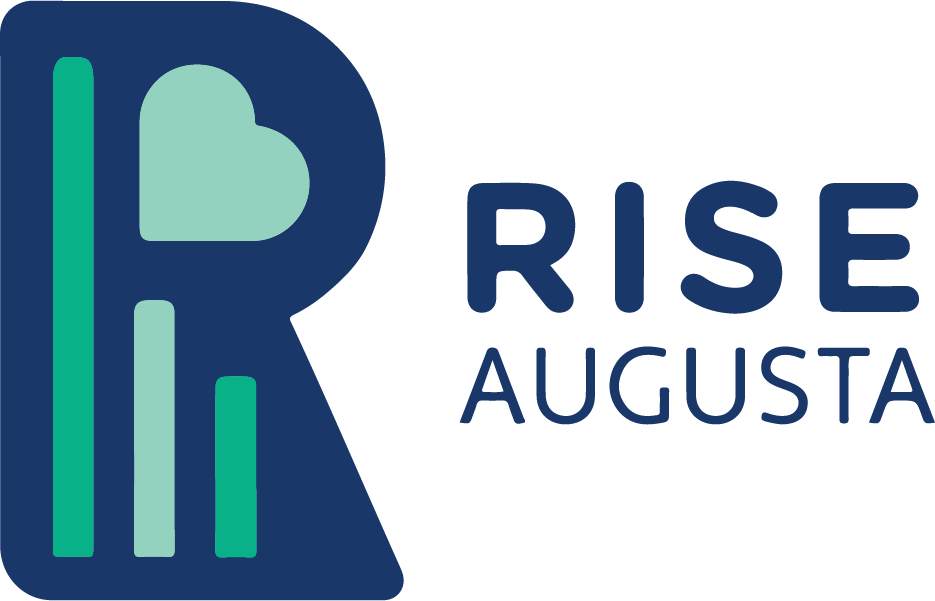The Importance of Writing
In a digital age dominated by keyboards and screens, it's easy to overlook the quiet strength of a pencil in a child’s hand. Yet handwriting remains one of the most powerful tools we have in building literacy—serving as both a mirror and a guide to the developing mind.
When a child writes by hand, something remarkable happens. The act of forming each letter, word, and sentence demands a kind of cognitive presence that typing often bypasses. The slower pace of handwriting encourages children to pause, reflect, and engage more deliberately with language. This process deepens their awareness of spelling, grammar, vocabulary, and idea structure—transforming handwriting into an act of language processing rather than mere transcription.
Recent studies underscore this point. Research published in Psychological Science (2020) and Trends in Neuroscience and Education (2021) has shown that handwriting activates more areas of the brain associated with memory, comprehension, and conceptual understanding than typing. In fact, children who write by hand demonstrate stronger neural engagement and better retention of new information, particularly when learning to read and write simultaneously.
Writing by hand also teaches students how to organize their thoughts. As they practice crafting coherent sentences and paragraphs, they naturally improve their ability to recognize structure in other texts—identifying main ideas, drawing inferences, and grasping logical flow. Reading and writing become two interwoven threads of literacy, each reinforcing the other.
But the benefits go even further. Handwriting has been linked to improved focus, stronger working memory, and even emotional development. Writing by hand encourages self-expression and personal ownership of learning. According to a 2022 study in Frontiers in Psychology, students who wrote notes by hand retained information longer and performed better on comprehension tasks than those who used digital devices.
At its core, literacy is not simply about decoding symbols on a page. It’s about making meaning—interpreting, analyzing, and communicating ideas clearly. These higher-order skills rest on a foundation of strong language processing and thoughtful expression—both of which are cultivated through handwriting.
So the next time you place a pencil in a child’s hand, remember: you’re offering them more than a writing tool. You’re giving them a key—to clearer thinking, deeper comprehension, stronger reading, and a lifelong journey of learning, written one word at a time.

